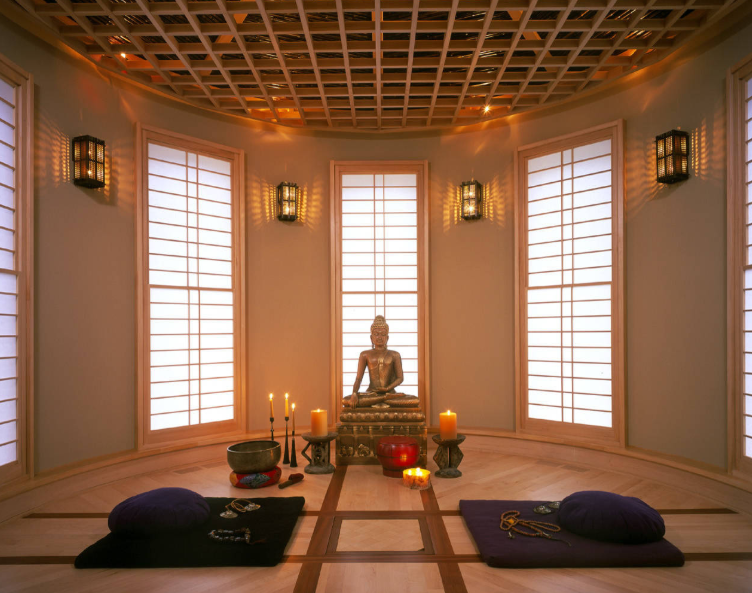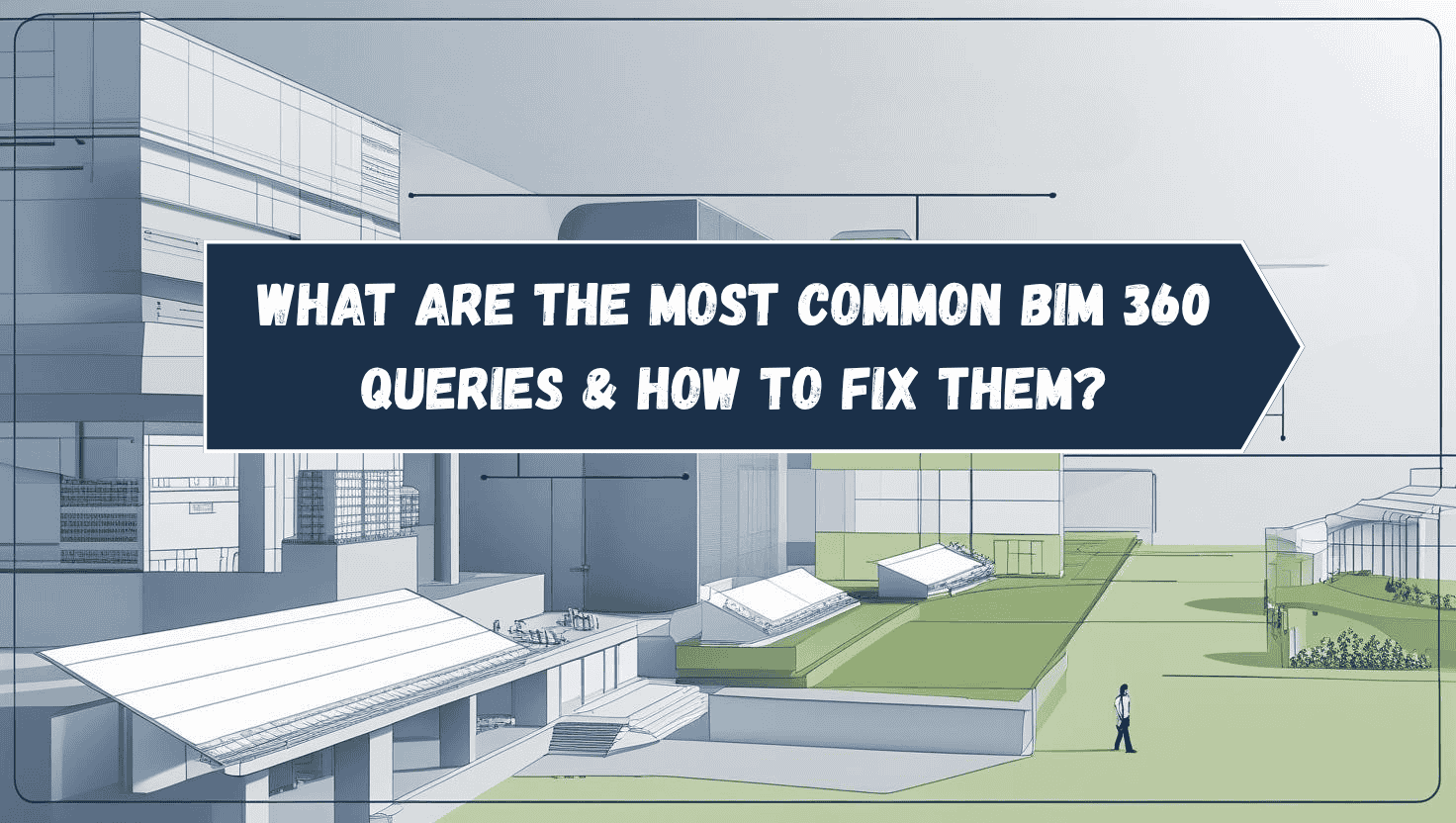
Let’s be real…life’s a lot. Between the pings, the deadlines, and the endless scroll, finding a moment of calm can feel like searching for Wi-Fi in the mountains. That’s where yoga (and mindfulness) come in, offering a much-needed pause. But here’s a fun twist: what if the space around you could help you feel that pause even before you hit the mat?
Welcome to the world of architecture for mindfulness, a place where design isn’t just pretty, it’s peaceful. Think sunlit corners that hug you, earthy textures that ground you, and layouts that invite you to breathe a little deeper. In this blog, we’re diving into how architecture can do more than hold your yoga mat, it can hold space for your entire practice. Let’s build some zen, shall we?
What are ‘Zen Spaces’?
Zen spaces are like a sigh of relief in architectural form. They’re not just rooms or gardens, rather, they’re experiences that invite you to pause. Rooted in Zen Buddhism, these spaces are designed to cultivate stillness, awareness, and a deep sense of presence. You won’t find clutter, chaos, or loud colors here. Instead, think calm palettes, natural materials, and layouts that feel intentional rather than ornamental.
At their core, Zen spaces are all about simplicity and balance. They strip away the unnecessary, so what remains feels meaningful. The walls breathe. The floor grounds you. The light isn’t harsh, it softly wraps around you. Whether it’s a minimalist tea room, a silent courtyard, or just a quiet corner with a cushion and a plant, a Zen space is designed to help you be rather than do.
Some key elements of Zen spaces:
- Natural materials: Wood, stone, clay, and paper; things that age well and feel honest.
- Neutral tones: Soft whites, greys, browns, and muted greens that soothe rather than shout.
- Asymmetry and imperfection: Inspired by the Japanese concept of wabi-sabi, which embraces the beauty in the imperfect and incomplete.
- Open space: Negative space is not a void, but a presence, something that gives the rest of the room permission to breathe.
- Connection to nature: Whether it’s a small bonsai or a full-blown garden, Zen spaces always keep you in touch with the natural world.
The magic of Zen design isn’t in what you add, it’s in what you let go of. When done right, a Zen space doesn’t just look peaceful. It makes you feel like the outside world has finally quieted down and maybe, just maybe, so has your mind.
Also Read: Top 10 Sustainable Home Design Trends
The Architectural Perspective
When architects talk about designing for mindfulness, they're not just throwing around fancy buzzwords while sketching another glass box. Nope. They're thinking about how space feels, how light filters in during sunrise, how sound bounces (or doesn’t), and how your body naturally wants to move through a room. It's less about "look at me" design and more about "feel with me" intention.
Mindful architecture borrows a lot from nature. Think open floor plans that mimic flowing energy, natural materials like wood and stone that age gracefully (kind of like you when you meditate regularly), and soft lighting that gently shifts with the day. The idea? To create an environment that doesn’t distract or overstimulate but quietly supports your inner stillness.
It’s not just about adding a yoga room. It’s about designing every room to feel like it could be one. A window seat that doubles as a meditation nook. A hallway that’s wide enough to stretch in. Even the choice of colors with warm neutrals, calming greens, and serene blues can make a big difference.
Architects designing for mindfulness aren’t just drawing buildings; they’re sculpting experiences. And when done right, the space itself becomes a silent partner in your practice, always there, always inviting you to slow down and just be.
Some Best-Known Spaces
Okay, so we’ve talked the talk. But where can you walk the mindful walk (preferably barefoot on a heated stone floor)? Let’s look at some beautifully built spaces that have nailed the vibe, where architecture and awareness blend so seamlessly, you might just forget you’re in a building at all.
The Isha Yoga Center, Coimbatore

Nestled at the base of the Velliangiri Mountains, this center isn’t just a spiritual retreat and it’s a masterclass in spatial serenity. From the Dhyanalinga dome to the use of natural stone, water, and air pathways, the whole campus feels like a slow, grounding breath. It's not just architecture, it's atmosphere.
Also Read: Triennale Milano's 24th International Exhibition - Inequalities
Tadao Ando’s Church of the Light, Japan

Minimalism at its most poetic. This isn’t a yoga space per se, but it feels like one. The play of light through a cross-shaped slit in the concrete wall turns a simple space into a meditative experience. It’s a lesson in how silence and shadow can speak louder than decoration.
Amankora, Bhutan

Scattered across Bhutan’s valleys, Amankora lodges blend seamlessly with their surroundings. Think raw textures, monastic influences, and uninterrupted views of the Himalayas. You don’t just do yoga here, and you dissolve into the landscape.
The Yoga Barn, Ubud, Bali

A little more boho but no less mindful, The Yoga Barn is all about community and connection with nature, with others, and with self. The open-air studios, lush gardens, and bamboo structures are like a love letter to Earth itself.
Also Read: Milan Design Week - The Essence of Architectural Design
Kripalu Center for Yoga & Health, Massachusetts

Set in the Berkshires, Kripalu is a perfect example of how existing structures (it was once a Jesuit seminary!) can be reimagined to support healing and mindfulness. It’s cozy, quiet, and surprisingly unpretentious.
These places aren’t just buildings, but they’re breathing spaces. Designed with intention, grounded in nature, and built to hold presence, they remind us that architecture isn’t just about walls and roofs. It’s about energy, flow, and that magic feeling when a space just feels right.
Conclusion
In a world that often moves too fast, architecture for mindfulness is a gentle reminder that space isn’t just something we move through—it’s something that can move us. Whether it’s the quiet grace of a Zen courtyard, a sunlit studio designed for breathwork, or a cozy corner that invites stillness, mindful design holds the power to shape how we feel, think, and connect.
It’s not about perfection or luxury. It’s about intention. The right texture, the right light, the right silence, it all adds up to a space that doesn’t just house your body, but supports your presence. So, whether you're designing your dream yoga retreat or just rearranging your living room, remember: the most powerful spaces don’t shout. They whisper, slow down, you’re safe here.
And honestly? That’s the kind of architecture we could all use a little more of.
And Novatr knows exactly that. Its courses are designed with sustainability in mind. Moreover, with the unique capstone projects, one can explore Zen!
- Visit the Novatr Homepage to learn about our mission in transforming AEC education.
- Browse through our Course Page to find specialised programs tailored for architects and designers.
- Dive into the Learning Hub for in-depth insights, industry trends, and expert resources to stay ahead in the field.
Was this content helpful to you












